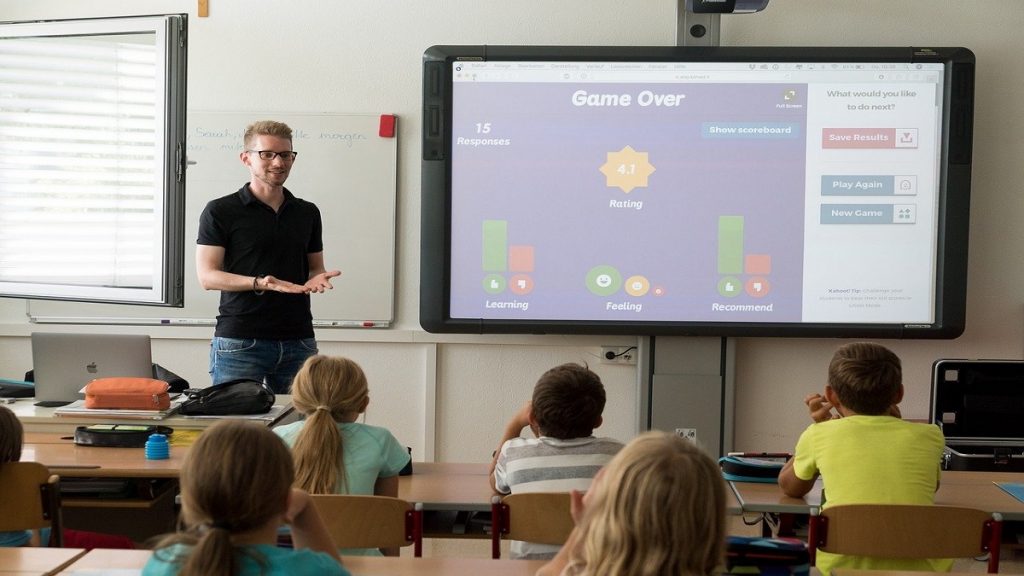
Visual learning is important for students to learn important concepts. This is because visuals make concepts easy for the students. Many teachers start visualising lectures to improve student learning aspects. Teachers use images, videos, and presentations to improve their learning. Visualising lectures play a great role in increasing the students’ confidence. It also helps the teachers in achieving learning objectives.
Visualising lectures allow students to increase their understanding. These advantages are obvious because visual content is important in human life. Humans respond to visuals faster than textual content. These reasons attract teachers towards visualising lectures for increasing students’ productivity levels. In this article, experts of assignment writing services will share how these have a positive impact on students.
A Better Way Of Learning:
Visualising lectures are a better way of learning. This is because students are able to retain visuals in their minds for longer time periods than text. Suppose someone asks you about the text that you read a decade ago. You may not remember it. But if someone asks you about the movie that you watched a decade ago, things will be different. You will be able to remember the complete movie without any problem. This is the power of visualising lectures.
It Makes Things Simple:
Visualising lectures make things easy to learn. You don’t have to use more effort for learning difficult concepts because of it. It also makes your interaction with the teachers easier. There is a huge difference between reading visualising and watching something. In short, it takes your effort regarding the concept’s imagination. It shows you that this is the issue, and here is its solution. Hence students not only learn by visual lectures but also get good grades because of them.
They Help Increase Motivation:
Many students don’t find it easy to study many subjects. They also fall back when it comes to building the interest amongst themselves. So their motivation for learning new things also starts decreasing. Visualising lectures are best for increasing their motivation. Interesting videos and images attract the attention of students. Through this, they start taking an interest in their studies as well. In short, these have a positive impact on the motivation level of students.
Fun Factor:
Students don’t have a good image of the classroom’s environment. When you ask students to imagine your classroom, they imagine the classroom like a jail. In this situation, visualising lectures allows you to incorporate the fun factor within your lecture. It also helps in changing students’ views about the classroom. These also engage students more than any of the other factors. Suppose you tell your student that we’re going to watch a documentary in the class. When you make this announcement, many students will get excited about it.
Speeds Up The Learning Process:
Visualising lectures speed up the learning process. This is because you don’t have to read the text again and again. You don’t have to go back again to the text for creating links either. Visuals engage students with them. They learn and grasp concepts in real-time. They also ask questions about the issue from their teachers. Visuals help them in resolving issues on time. This proves that visualising lectures are a great way of speeding up the learning process.
Cost-Effective:
Visualising lectures help save multiple costs. Students don’t have to spend a lot of money on books, or other materials if they’re attending these in classroom. You need the internet to get access to millions of resources. Suppose you teach students about the Horn of Africa. In this case, you don’t have to ask students to go and buy the globe. You can search for a global map, and tell them about the Horn of Africa. This is the simplest example of cost-effectiveness that is gained through visualising lectures.
Student-Centred Teaching:
Visualising lectures allow teachers to plan their lectures through a student-centred approach. It is important for increasing the learning of students. For example, suppose students don’t take an interest in history lectures. In this case, teachers can show documentaries about history to engage them. This formula is not only applicable to history but all the other fields as well. Hence, visualising lectures engage the students by using a student-centred approach with strong arguments for teaching them.
Conclusion
Visualising lectures have a crucial role in teaching students. It increases the understanding of students as well. This is because these make concepts simple for students. They can remember these concepts for a long time without any problem. Moreover, these increases the motivation of students. They don’t get bored through the extensive reading process either. These also add a fun factor to the class. These fun factors engage students and increase their involvement in the class. This process speeds up their learning as well. Moreover, visualising lectures save their cost. They don’t have to spend a lot of money on books and other materials. In short, teachers should deliver visual lectures for improving their students’ performance.